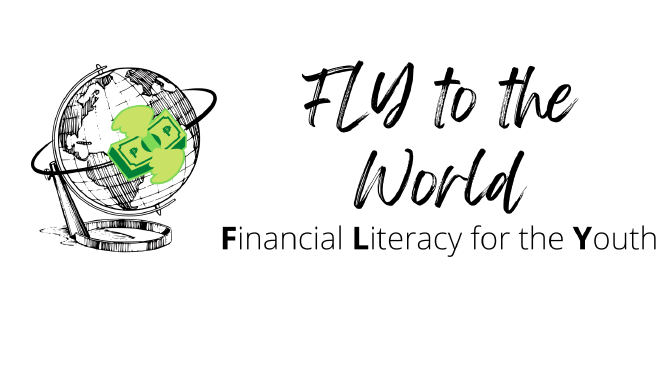The Economics Behind a Recession
By Samarth Singh
The last major recession had been marked in 2008-2009. Fourteen years after, are we looking at another major recession?
Before starting, it is important to know what a recession is. Simply put, it is a period of a significant, widespread, and prolonged downturn in economic growth in economic activities (as per Investopedia, 2022). A recession declines consumer spending power, which decreases a company’s power to hire employees (in most cases employees are laid off) and affects the foreign investments inside a country. This leads to currency depreciation (a fall in the value of a currency in terms of its exchange rate versus other currencies), which again reduces consumer spending power, and the cycle continues. The reason for recessions appears to be self-perpetuating, which is what makes them so scary.
Economics works on supply and demand. When there is more supply and less demand, the value of the product/service decreases. When there is less supply and more demand, the value of the product/service increases. When a large number of investors feel that the market may crash, they start saving money and selling their shares. This leads to a situation where there is more supply of the shares than demand, and the value of the shares decreases. This affects a company’s ability to grow. When a recession approaches, investors often sell their shares and start piling money for the times of uncertainty ahead.
When a company releases its shares in the market and investors invest in the shares, the company benefits from the money and grows, which runs parallel to the increase in the value of shares. When a company is in profit, it has a higher share value. Investors take a risk by investing in shares and if the company profits, so do the investors. But when factors like war and political unrest make investors withdraw their investments, there is a downturn in economic activity.
Experts are predicting a global recession. Big stock markets such as NASDAQ, Dow Jones, and S&P 500 have contracted in the past year. In this case, the triggering factors appear to be the economic contraction in the years of Covid, the war in northeastern Europe, and the rise in oil prices.
Oil is a factor that can make or break economies. Oil holds great importance in all industries since it is used for power and transport. Supply chains of almost everything come back to oil. A rise in oil prices can increase the prices of everything, which can have severe consequences. Saudi Aramco, for example, happens to be the second richest company in the world by just selling oil. OPEC+ (Organization of Petroleum Exporting Countries) cut down their production by 2 million barrels in 2022, which is about 2% of global production.
There are several causes of a recession. The question is, how do we get out of one?
Recession causes currency depreciation, which means that a currency is losing its value against other currencies. Just like supply and demand, when there is too much of a country’s currency in the market, the value of the currency decreases. A way to tackle this is by reducing the amount of cash flow of the currency.
To reduce the cash flow of the currency, consumers need to limit their spending. For this, Reserve Banks hike interest rates for loans. When companies need to pay more for the loans they take, their product prices increase, and consumer spending decreases.
While the upper and middle-income classes of societies manage to fulfill their daily needs, the lower-income communities are hit hard. They aren’t able to fulfill their daily needs. Though this isn’t great, it is a necessary step to save the economy from crashing.
Governments often propose Relief Schemes in such situations. Printing more money doesn’t make sense because that increases the amount of money flowing, so economists have created several theories.
One of them is the Trickle Down Theory. The theory says that when the uppermost classes of society (businesses) are benefitting, the benefit often ‘trickles down’ to the other classes. For example, if a company fears that a recession is coming, they might lay down employees, which will lead to unemployment, and unemployment means that a person is spending much less than he/she would do normally. When this happens on a large scale, many industries note down losses. The trickle-down theory proposes that by reducing tax rates for businesses or giving benefits in other methods, the businesses won’t lay down employees, and the employees would still spend money and fulfill their needs. Note that there is no extra money that is being printed. It is only that benefits are given to businesses, so the economy slowly heals itself and the lower-income classes still thrive.
That’s how the trickle-down theory works. But the most important word is “theory”. The problem with the theory is that businesses might use the tax cuts or concessions for their benefit rather than the employees. Even after the tax cut, businesses might lay down employees and show a minimal loss or increased profit even during times of uncertainty, so investors get attracted and invest in the company.
So there’s a catch with the trickle-down theory. A simple way for a country to reduce the impact of the recession and interest hikes is by storing excess revenue. So the next time when interest rates are hiked, the government can spend the excess revenue for the welfare of the people. Again, no more extra money is printed, but the impact of the recession is much less, and maybe that’s why wise people say “Store money for the uncertain times ahead”.
